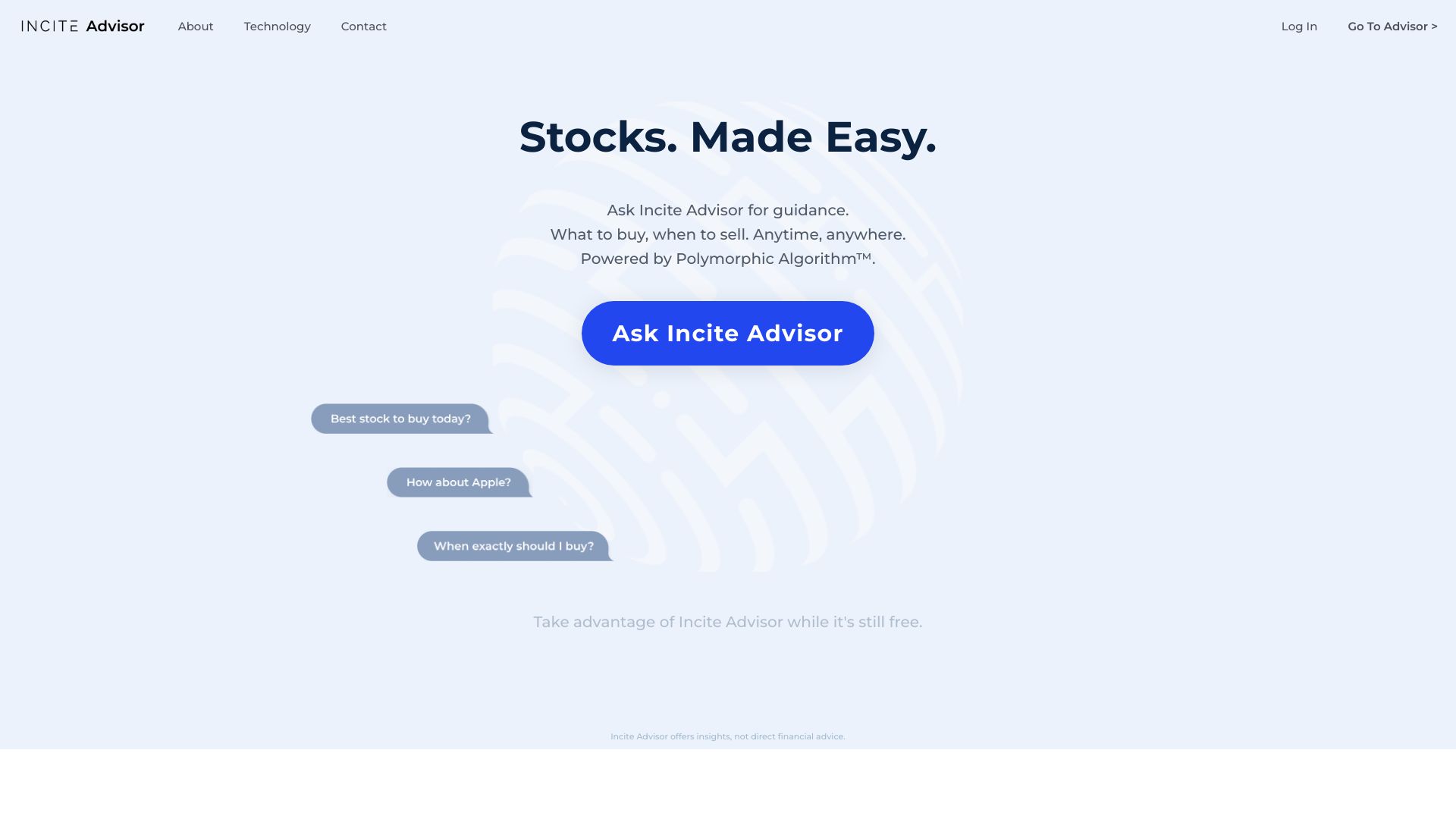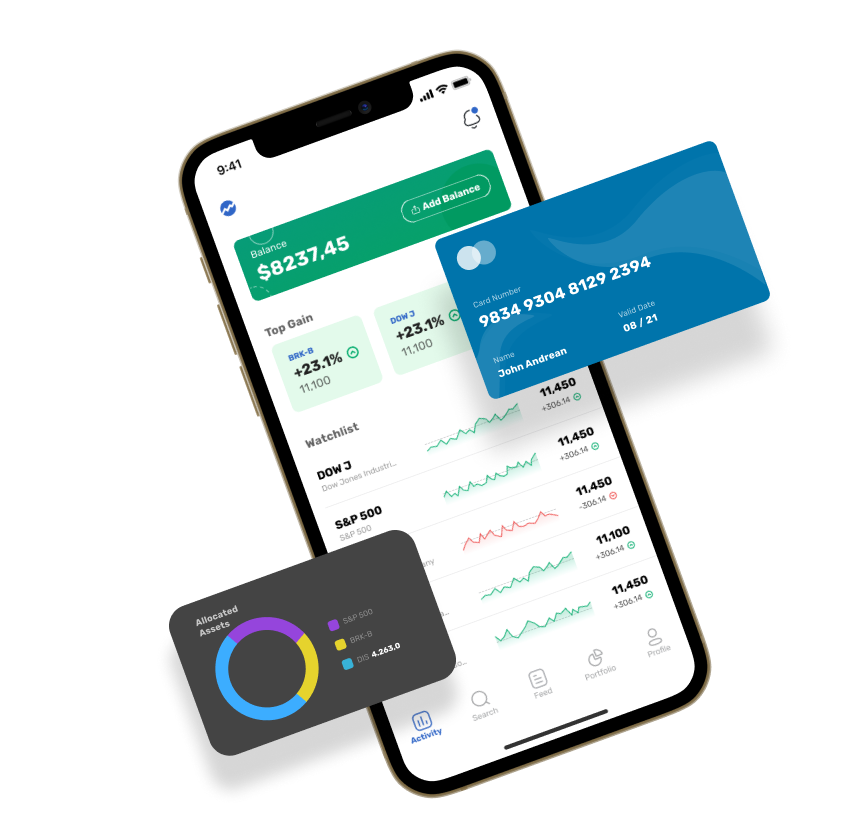20 Good Advice For Deciding On AI Stock Trading Analysis Sites
20 Good Advice For Deciding On AI Stock Trading Analysis Sites
Blog Article
Top 10 Suggestions To Evaluate Ai And Machine Learning Models For Ai Stock Predicting/Analyzing Platforms
It is crucial to evaluate the AI and Machine Learning (ML) models that are employed by stock and trading prediction systems. This ensures that they offer accurate, reliable and practical information. Models that are poor-designed or over-hyped can lead to inaccurate forecasts and financial losses. These are the top 10 tips to evaluate the AI/ML models used by these platforms:
1. Understanding the model's purpose and approach
Clarity of goal: Decide if this model is intended to be used for trading on the short or long term, investment and sentiment analysis, risk management and more.
Algorithm transparency - Examine to see if there are any information about the algorithms (e.g. decision trees, neural nets, reinforcement, etc.).
Customizability: Determine whether the model can adapt to your particular strategy of trading or tolerance for risk.
2. Perform an analysis of the model's performance indicators
Accuracy. Check out the model's ability to predict, but do not just rely on it because it could be misleading.
Recall and precision: Determine whether the model is able to identify real positives (e.g. accurately predicted price moves) and minimizes false positives.
Risk-adjusted returns: See the model's predictions if they produce profitable trades taking risk into consideration (e.g. Sharpe or Sortino ratio).
3. Test the model using backtesting
Performance historical Test the model by using historical data to see how it would perform in the past market conditions.
Examine the model using information that it hasn't been trained on. This will help to stop overfitting.
Scenario-based analysis involves testing the model's accuracy under different market conditions.
4. Be sure to check for any overfitting
Overfitting: Watch for models that perform well with training data, but do not perform well with unseen data.
Regularization methods: Determine if the platform employs techniques such as L1/L2 normalization or dropout in order to stop overfitting.
Cross-validation is a must and the platform must make use of cross-validation when evaluating the generalizability of the model.
5. Assessment Feature Engineering
Relevant Features: Look to see whether the model includes significant characteristics. (e.g. volume and price, technical indicators as well as sentiment data).
Select features that you like: Choose only those features that are statistically significant. Do not select redundant or irrelevant information.
Updates to features that are dynamic: Find out whether the model will be able to adjust to changes in market conditions or the introduction of new features in time.
6. Evaluate Model Explainability
Interpretability: The model should give clear explanations of its predictions.
Black-box Models: Be cautious when you see platforms that use complicated models with no explanation tools (e.g. Deep Neural Networks).
A user-friendly experience: See whether the platform is able to provide relevant information to traders in a way that they are able to comprehend.
7. Examining the model Adaptability
Changes in the market: Check whether the model is able to adapt to market conditions that change (e.g., changes in rules, economic shifts, or black swan events).
Continuous learning: See if the platform updates the model often with fresh data to increase the performance.
Feedback loops: Make sure the platform is incorporating feedback from users or actual results to improve the model.
8. Examine for Bias and fairness
Data bias: Ensure that the training data is representative of the market and free from biases (e.g., overrepresentation of certain sectors or time periods).
Model bias: Determine whether the platform is actively monitoring and corrects biases within the model's predictions.
Fairness: Ensure the model doesn't unfairly favor or disadvantage particular sectors, stocks or trading strategies.
9. Calculate Computational Efficient
Speed: See whether the model can make predictions in real-time or with minimal delay. This is especially important for high-frequency traders.
Scalability Check the platform's capability to handle large amounts of data and multiple users without performance loss.
Resource usage: Check whether the model makes use of computational resources efficiently.
10. Review Transparency and Accountability
Model documentation. Ensure you have detailed description of the model's design.
Third-party auditors: Check to see if the model has been subject to an audit by an independent party or has been validated by an independent third party.
Error Handling: Verify whether the platform has mechanisms to identify and correct mistakes in models or malfunctions.
Bonus Tips
User reviews Conduct research on users and conduct case studies to determine the performance of a model in real life.
Trial period: Test the model for free to determine how accurate it is as well as how easy it is to use.
Support for customers: Ensure that the platform provides an extensive customer service to assist you solve any product-related or technical issues.
With these suggestions, you can assess the AI/ML models on stock prediction platforms and make sure that they are accurate as well as transparent and linked to your trading goals. View the top rated ai investing platform url for more examples including ai trade, ai stock, incite, market ai, ai stock trading bot free, options ai, stock ai, best ai trading app, ai investing app, best ai trading app and more.
Top 10 Tips To Assess The Transparency Of Ai Stock Trading Platforms
Transparency is an important element when it comes to evaluating AI-driven stocks prediction and trading platforms. Transparency is essential because it allows users to trust the platform, be aware of the choices made, and check the accuracy. These are the 10 best ways to gauge the level of transparency on such platforms.
1. AI Models are explained in detail
Tips: Make sure that the platform clearly explains the AI models and algorithms used to predict.
Understanding the underlying technology allows users to assess its credibility.
2. Sources of Disclosure for Data
Tip
What is the benefit of knowing the sources of information, you can ensure that the platform uses trustworthy and accurate information.
3. Performance Metrics, Backtesting, and Results
Tips - Search for transparent reports on performance metrics such as accuracy rate, ROI and backtesting.
Why: It allows users to check their past performance as well as the efficacy of their system.
4. Real-time notifications, updates, and updates
Tips. Check if the platform can provide real-time information and alerts regarding trades or modifications to the system, such as trading forecasts.
Why: Real-time visibility ensures that users are aware of critical actions.
5. Limitations: Communication that is open
Tips: Ensure that the platform clearly outlines the potential risks and drawbacks of their trading strategies and predictions.
What's the reason? Recognizing the limitations of an item builds trust, which helps customers make more informed decisions.
6. Raw Data Access for Users
Tip: Evaluate whether users have access to raw data, or even intermediate results utilized by AI models.
The reason: The raw data are available to anyone who wants to conduct their own analysis.
7. Transparency of Fees and Costs
Make sure you read the terms and conditions of the platform you're considering.
Transparency in pricing is a great thing. It helps avoid unexpected costs and boosts confidence.
8. Reporting Regularly and Audits
Verify if a platform has regular reports and undergoes third party audits in order to confirm the effectiveness of its operations.
The reason: Independent verification improves the credibility of your business and increases accountability.
9. Explainability of predictions
Tip Check to determine if there is any description of how the platform makes certain predictions and suggestions (e.g. feature priority or decision trees).
Why: Explainability can help you to understand the impact of AI on your decisions.
10. Customer Feedback and Support Channels
TIP: Determine whether the platform offers an open channel for user feedback and support, and if it responds transparently to user concerns.
Why: Responsive Communication demonstrates an interest in transparency and user satisfaction.
Bonus Tip Regulatory Compliance
Make sure that the platform is in compliance with all applicable financial regulations. It will increase the transparency and credibility.
By thoroughly assessing these aspects it is possible to determine if an AI stock prediction and trading platform operates in a transparent manner, allowing you to make informed decisions and gain confidence in the capabilities of AI. Read the recommended ai stock investing hints for blog examples including ai tools for trading, how to use ai for copyright trading, how to use ai for copyright trading, ai stock investing, stock predictor, best ai stock prediction, ai software stocks, ai for trading stocks, chart analysis ai, invest ai and more.